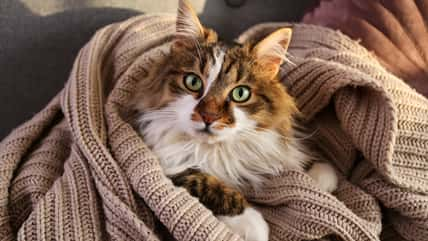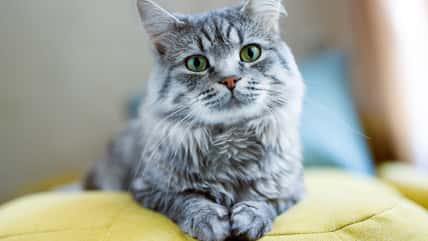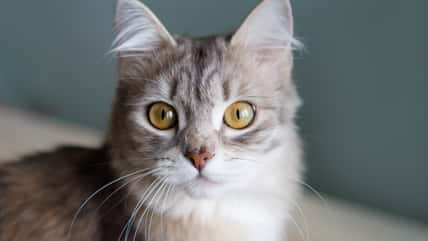The Mystery Of How Orange Cats Got Their Color Has Been Solved
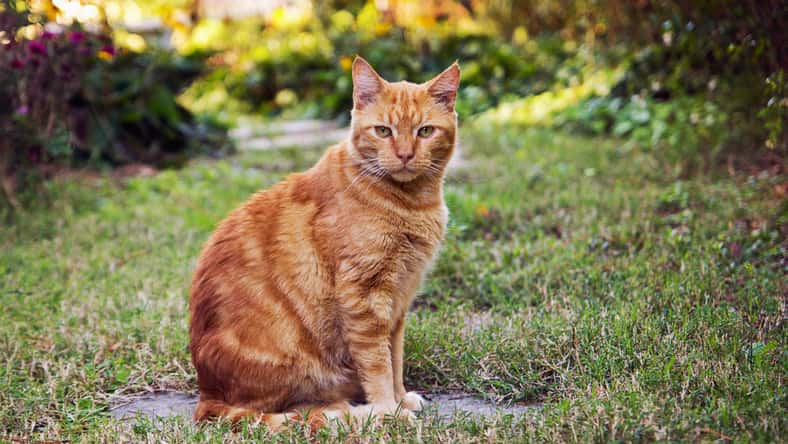
Orange cats often strut around like they own the place. Their loud yowling, mischief-making tendencies, and marmalade-colored coats make them hard to ignore.
But how exactly did these cats end up with fiery fur?
Well, it’s all thanks to a unique genetic mutation, which also explains why so many orange cats are male.
Many animals have orange hair, including humans. However, it is only in domestic cats that males are more likely to be orange than females.
Researchers have finally solved the mystery as to why that is. The mutation deletes a section of the cat’s DNA and increases gene activity in X chromosomes.
Both human and feline males usually have one X chromosome and one Y chromosome. Females, on the other hand, have two X chromosomes.
If male cats have an X chromosome that carries the mutation, they will become orange. In contrast, female cats need to inherit the mutation on both of their X chromosomes to be entirely orange.
Previously, it was assumed that the mutation would be on the X chromosome because of how many more orange male cats exist than females.
In addition, it would explain why calico and tortoiseshell cats are mostly female. These cats have patches of orange in black and white fur from inheriting one mutated X chromosome.
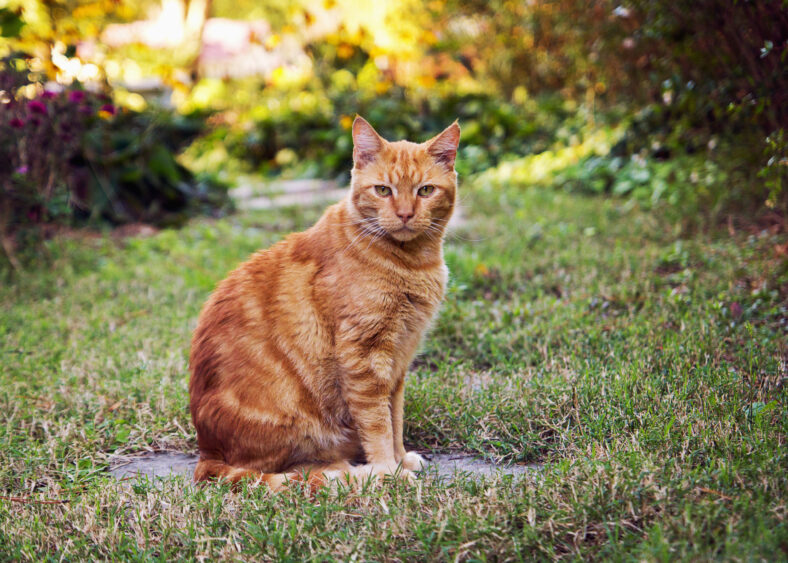
Sign up for Chip Chick’s newsletter and get stories like this delivered to your inbox.
Two research teams from the United States and Japan made separate discoveries about how the mutation affects a gene called ARHGAP36.
“Identifying the gene has been a longtime dream, so it’s a joy to have finally cracked it,” said Hiroyuki Sasaki, a geneticist at Kyushu University in Japan.
Since the start of the 20th century, researchers have been studying cat coat genetics. Yet, the orange mutation had not been determined until now.
Both teams discovered the mutation by examining the DNA of different cats. The Japanese team found that all the orange cats they analyzed shared a mutation that deleted a section of DNA in the ARHGAP36 gene.
Then, they looked at calico cat tissues and saw that ARHGAP36 was more active in the orange patches of fur than in the black or white ones.
ARHGAP36 is also active throughout the body, such as in the brain and the hormonal glands. It is possible that the orange mutation affects orange cats in other ways besides their coats.
Some pet owners insist that orange cats are sillier and goofier than other cats, but scientists have not detected any differences between orange cats and non-orange cats in gene expression in the brain.
Orange cats might cause more chaos because the majority of them are males, and males can be more chaotic.
The mutation is believed to have first emerged early on in the cat domestication process. There are paintings of calico cats that date back to the 12th century.
The study was published in Current Biology.
More About:Animals

